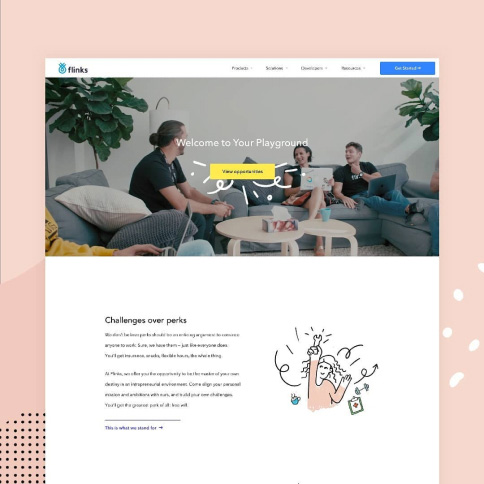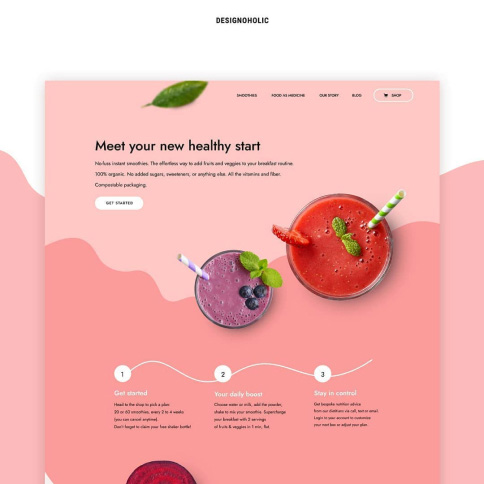
Tips for Providing Your Designers with Helpful Feedback
Introduction
In the realm of professional creativity, mastering the art of providing effective design feedback is paramount. This article is your ticket to that mastery, offering 15 expert strategies tailored for professionals like you to transform the way you collaborate with designers.
In the dynamic landscape of design, effective design feedback is the key that unlocks the door to exceptional results. It’s the compass guiding designers toward your vision’s realization and the catalyst for achieving design excellence in every project.
Join us on a journey to uncover the secrets held by seasoned professionals who have honed the craft of effective design feedback to perfection. Whether you’re shaping a brand identity, a digital experience, or a print campaign, these 15 strategies will empower you to communicate your vision with clarity and finesse.
So, fellow professionals, get ready to elevate your collaboration with designers to new heights – welcome to a world where effective design feedback becomes an art form, a language, and a driver of innovation.
Table of Contents
- Understanding the Designer’s Perspective
- Be Specific and Clear
- Provide Visual References
- Highlight What Works
- Use the “Sandwich” Technique
- Respect Timelines
- Avoid Jargon
- Encourage Questions
- Be Open to Suggestions
- Consider the Audience
- Mobile Responsiveness
- Maintain Consistency
- Balance Feedback with Positivity
- Regular Check-Ins
- Feedback Wrap-Up
Effective Design Feedback Strategies: Mastering 15 Tips for Professionals
1. Understanding the Designer's Perspective
Before delving into the tips for providing effective feedback, it’s essential to understand the designer’s perspective. Designers are artists who pour their creativity into their work. They are emotionally invested in their designs, so it’s crucial to approach feedback with empathy and respect.
2. Be Specific and Clear
Vague feedback like “I don’t like it” won’t help your designer improve. Instead, be specific about what you do and don’t like. For example, you could say, “I like the color scheme, but the font doesn’t feel right for our brand.”
3. Provide Visual References
A picture is worth a thousand words. If you have a specific idea in mind, share visual references like images, sketches, or links to websites that capture the style or elements you’re looking for.
4. Highlight What Works
While it’s essential to point out areas that need improvement, don’t forget to acknowledge what’s working well. Positive reinforcement can motivate designers and maintain their enthusiasm.
5. Use the "Sandwich" Technique
The “Sandwich” technique involves placing constructive criticism between positive comments. Start with praise, follow with suggestions for improvement, and end with more praise. This approach softens the impact of criticism.
6. Respect Timelines
Designers often work on tight schedules. If you have deadlines, make sure to communicate them clearly from the beginning. Respect their time and the agreed-upon timeline.
7. Avoid Jargon
Not everyone is well-versed in design terminology. Use plain language and avoid industry jargon that might confuse your designer. Be concise and straightforward.
8. Encourage Questions
Designers may have questions to clarify your feedback. Encourage open communication by inviting them to ask questions and seek clarification when needed.
9. Be Open to Suggestions
Designers are experts in their field. Be open to their suggestions and ideas, even if they differ from your initial vision. Collaboration often leads to innovative solutions.
10. Consider the Audience
Think about your target audience when providing feedback. Does the design effectively communicate your message to them? Keep your audience in mind to ensure the design resonates with them.
11. Mobile Responsiveness
In today’s digital world, it’s essential to consider mobile users. Ensure that the design is responsive and looks good on various devices and screen sizes.
12. Maintain Consistency
Consistency in design elements like color schemes, fonts, and imagery is key to building a strong brand identity. Make sure your feedback aligns with your brand guidelines.
13. Balance Feedback with Positivity
While it’s essential to point out flaws, avoid being overly critical. Balance your feedback with positive remarks to maintain a constructive and motivating atmosphere.
14. Regular Check-Ins
Don’t wait until the final product is delivered to provide feedback. Regular check-ins and updates can help catch and address issues early in the design process.
15. Feedback Wrap-Up
In conclusion, effective feedback is the cornerstone of a successful collaboration with your designers. By understanding their perspective, being specific and clear, and following the tips mentioned above, you can ensure that your feedback leads to remarkable design outcomes.
FAQs
Q. How do I give feedback without hurting the designer's feelings?
- Focus on constructive criticism, be empathetic, and use the “Sandwich” technique.
Q. What if I don't have a clear vision for my project?
- Discuss your goals and ideas with the designer; they can help you shape your vision.
Q. Is it okay to ask for revisions after providing feedback?
- Yes, designers expect revisions; just ensure you communicate your needs clearly.
Q. How can I ensure my design is user-friendly?
- Consider the user experience and test the design on various devices.
Q. What if the designer disagrees with my feedback?
- Encourage open dialogue and be willing to compromise to reach the best solution.
Latest insights, stories, and news
from Designoholic









